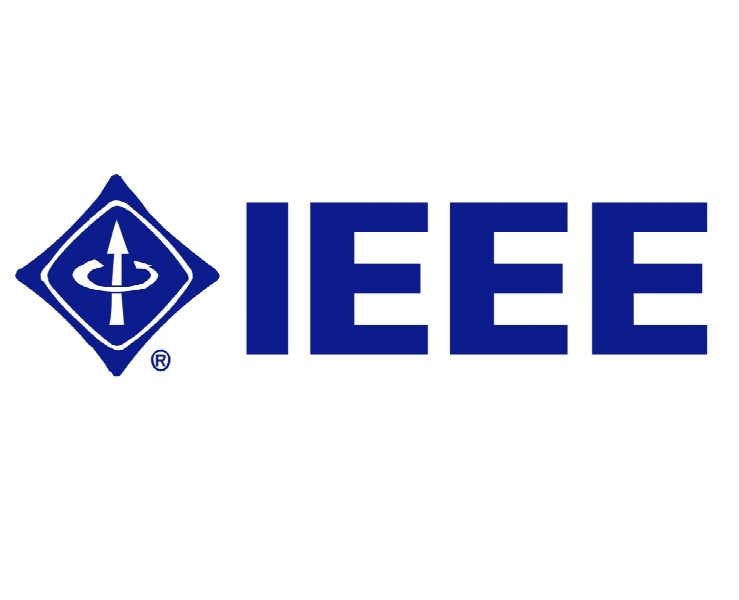طراحی و کنترل میکرو گرید توسط منابع تولید انرژی تجدید پذیر Design and Control of Micro-Grid fed by Renewable Energy Generating Sources
- نوع فایل : کتاب
- زبان : انگلیسی
- ناشر : IEEE
- چاپ و سال / کشور: 2018
توضیحات
رشته های مرتبط مهندسی برق
گرایش های مرتبط مهندسی الکترونیک، تولید، انتقال و توزیع
مجله یافته ها در زمینه کاربردهای صنعتی – Transactions on Industry Applications
دانشگاه ELECTRICAL ENGG DEPARTMENT – Indian Institute of Technology Delhi – India
منتشر شده در نشریه IEEE
کلمات کلیدی DFIG، کنترل بردار، انرژی باد؛ کیفیت برق، انرژی خورشیدی PV، میکرو شبکه، سیستم ذخیره انرژی باتری، سیستم انرژی تجدیدپذیر
گرایش های مرتبط مهندسی الکترونیک، تولید، انتقال و توزیع
مجله یافته ها در زمینه کاربردهای صنعتی – Transactions on Industry Applications
دانشگاه ELECTRICAL ENGG DEPARTMENT – Indian Institute of Technology Delhi – India
منتشر شده در نشریه IEEE
کلمات کلیدی DFIG، کنترل بردار، انرژی باد؛ کیفیت برق، انرژی خورشیدی PV، میکرو شبکه، سیستم ذخیره انرژی باتری، سیستم انرژی تجدیدپذیر
Description
I. INTRODUCTION There are many remote locations in the world, which don’t have access to electricity. There are also many places, which are connected to the grid, however, they don’t receive electricity for up to 10-12 hours in the day and as a result of it, economic activities of inhabitants suffer. Many of such places are rich in renewable energy (RE) sources such as wind, solar and bio-mass. An autonomous generation system utilising locally available RE sources, can greatly reduce the dependency on the grid power, which is predominantly fossil power. Wind and solar energy sources, are more favorite than bio-mass based system as latter is susceptible to supply chain issue. However, wind and solar energies suffer from high level of power variability, low capacity utilization factor combined with unpredictable nature. As a result of these factors, firm power cannot be guaranteed for autonomous system. While the battery energy storage (BES) can be helpful of lowering power fluctuation and increasing predictability, utilisation factor can be increased by operating each energy source at optimum operating point. The optimum operating point also called as maximum power point tracking (MPPT), requires regulation of the operating point of wind energy generator and solar PV (Photovoltaic) array in term of speed and voltage to extract maximum electrical energy from input resource. The MPPT can be achieved by power electronics (PE) based control. PE based control can also help energy management for BES. Many authors have reported autonomous solar PV systems [1-2] and autonomous wind energy systems [3-4]. However, autonomous system with only one source of energy, requires very large size of storage and associated PE components. A hybrid energy system consisting of two or more type of energy sources, has ability to reduce the BES requirement and increases reliability. Wind and solar energies are natural allies for hybridization. Both have been known to be complementary to each other in daily as well as yearly pattern of the behavior. Acknowledging advantages of this combination, many authors have presented autonomous wind solar hybrid systems [5-10]. The most favorite machine for small wind power application, is permanent magnet synchronous generator [4-5]. It is possible to achieve gearless configuration with PMSG, however, it requires 100% rated converter in addition to costlier machine [11]. Some authors have also used wind solar hybrid system with a squirrel cage induction generator (SCIG) [6], Though SCIG has commercial edge regarding machine cost, however, the scheme doesn’t have speed regulation required to achieve MPPT. Moreover, if the speed regulation is done, it requires full power rated converter.


